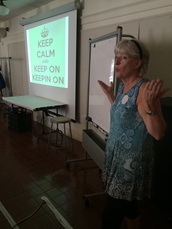
"It's not what you look at that matters, it's what you see." Henry David Thoreau.
Thoreau spoke so eloquently of the need to see the world deliberately. As writers, we are reminded to walk purposefully in the world, being mindful of what we see so that we can bring truth to the stories of our lives. That's some serious stuff!! How do we ask kindergartners to do this serious work in a fun way??
We go on a field trip! :) And we make a picture book about what we see on our walk! :)
We are going to head out the classroom door early next week and do some field research for our kindergarten pattern books. Here's what we've done so far in this unit of study:
* Learned about sentences, words, capital letters, and end punctuation.
* Introduced our mentor text, I Went Walking, by Sue Williams.
* Used our journals to do prewriting work - brainstormed things we might
see if we went walking.
* Learned about descriptive words (adjectives) and read Brown Bear, Brown
Bear, by Bill Martin, Jr.
So, next up we are going to take a walk. We will bring our little notebooks and a pencil and jot down the words or draw a picture of some things that we see as we walk.
Thoreau spoke so eloquently of the need to see the world deliberately. As writers, we are reminded to walk purposefully in the world, being mindful of what we see so that we can bring truth to the stories of our lives. That's some serious stuff!! How do we ask kindergartners to do this serious work in a fun way??
We go on a field trip! :) And we make a picture book about what we see on our walk! :)
We are going to head out the classroom door early next week and do some field research for our kindergarten pattern books. Here's what we've done so far in this unit of study:
* Learned about sentences, words, capital letters, and end punctuation.
* Introduced our mentor text, I Went Walking, by Sue Williams.
* Used our journals to do prewriting work - brainstormed things we might
see if we went walking.
* Learned about descriptive words (adjectives) and read Brown Bear, Brown
Bear, by Bill Martin, Jr.
So, next up we are going to take a walk. We will bring our little notebooks and a pencil and jot down the words or draw a picture of some things that we see as we walk.
What I love about this idea is how it makes the same process used by more experienced and older writers accessible to these young writers. As I have mentioned before, I taught upper elementary students for more than 10 years, and for writing I used the Units of Study for Teaching Writing, Grades 3-5 authored by Lucy Calkins et al, out of Teachers College Reading and Writing Project, Columbia University. One of the hallmarks of that instructional model is the use of writers' notebooks, wherein students record seed ideas, stories from their lives. The writer's notebook becomes an entire garden of ideas, and the students choose the ones that they will fully develop into writing pieces outside of the notebooks.
In our small way, we are going to do that with our kindergarten writers. I found a great book, The Front Hall Carpet, by Nicholas Heller (1990, Greenwillow Books) about a young girl who walks through her home, turning what she sees on the floors into opportunities for adventures. I want the students to think about paying close attention to the things they see on their walk, so we will use the illustrations in this book to practice noticing and sketching what the main character sees as she moves through her house.
After some practice, we will take our notebooks and head out the door. As I am writing this lesson, I'm beginning to think it may take two days to complete. Perhaps we will read the book and practice noticing and sketching on day one, and then actually take our walk and do our notebook sketching on day two.
Here is the lesson I will use:
Kindergarten Pattern Book
Lesson 5 - Collecting Ideas
(This may be a two day lesson)
Unit Objective To begin encouraging students to write sentences to go along with their illustrations, using capital letters, phonetic spelling for words not on the word wall, and end punctuation.
Lesson Objective To show students that writers collect ideas for their stories and record those ideas so that they don’t forget them.
Materials The Front Hall Carpet, Nicholas Heller
Writer’s Notebooks
Pencils
Connect Bring out one of your own writer’s notebooks, preferably a very small one
just like the students will be using. Remind them of the walk around the building that they took last fall. Show them the pictures you drew from that day in your notebook (a leaf, a bird because we saw hawks flying above the trees, and a tree with all yellow leaves). Tell them that this notebook is a place you could go to write a story about that day because you’ve put notes in there to remind you of what happened on your walk.
Teach Tell the students that today they are going to take another walk to get ideas for their pattern book. But first, you want to read them a story about a girl who takes a walk through her home and lets her imagination turn all that she sees on her walk into exciting adventures. Read The Front Hall Carpet, by Nicholas Heller.
Active Engagement Ask the students what the girl in the story saw on her walk through her home. Hold the pages of the book open, turning them so the students can pick out things that the girl saw on her walk. Pick one and ask them to think about what she could have drawn in her writer’s notebook to remind her later of what she saw. Model how to draw their suggestions in your writer’s notebook. Have the students practice this several times, using partners for support, until they seem comfortable with the idea of quicksketching the things they see on their walk. Tell them they may, of course, also write words for what they see to go along with their sketches.
Take a walk!! You may choose to stay indoors, travel outdoors, or do both. Remember, the idea is for the students to capture as many reminders of what they see on their walk as possible in their notebooks. In the next lesson, they will use the notebook sketches to choose two or more ideas for their pattern book.
Share After the walk, come back together and ask students to share some of what they saw on their walks.
Link Celebrate the sketches students made in their writer’s notebooks and remind them that these notebooks now hold ideas for future stories the students may one day write.
Assessment Make anecdotal observations on a spreadsheet of students’ progress in their writer’s notebooks. Be prepared to support students who struggled to capture images or words in their notebooks so that they have ideas to work with when they begin to make their picture book.
Resources
Heller, N. (1990). The Front Hall Carpet. New York, NY: Greenwillow Books.
************************************************************************************
Our outside air temperatures here are supposed to be in the 50's and 60's through midweek. That sounds perfect for an outdoors field trip! We will be like Thoreau and not only look at the world, but see it!! We will record what we see and then we will write about it!
Woohoo! It's going to be a great writing week!!
#allkidscanwrite
In our small way, we are going to do that with our kindergarten writers. I found a great book, The Front Hall Carpet, by Nicholas Heller (1990, Greenwillow Books) about a young girl who walks through her home, turning what she sees on the floors into opportunities for adventures. I want the students to think about paying close attention to the things they see on their walk, so we will use the illustrations in this book to practice noticing and sketching what the main character sees as she moves through her house.
After some practice, we will take our notebooks and head out the door. As I am writing this lesson, I'm beginning to think it may take two days to complete. Perhaps we will read the book and practice noticing and sketching on day one, and then actually take our walk and do our notebook sketching on day two.
Here is the lesson I will use:
Kindergarten Pattern Book
Lesson 5 - Collecting Ideas
(This may be a two day lesson)
Unit Objective To begin encouraging students to write sentences to go along with their illustrations, using capital letters, phonetic spelling for words not on the word wall, and end punctuation.
Lesson Objective To show students that writers collect ideas for their stories and record those ideas so that they don’t forget them.
Materials The Front Hall Carpet, Nicholas Heller
Writer’s Notebooks
Pencils
Connect Bring out one of your own writer’s notebooks, preferably a very small one
just like the students will be using. Remind them of the walk around the building that they took last fall. Show them the pictures you drew from that day in your notebook (a leaf, a bird because we saw hawks flying above the trees, and a tree with all yellow leaves). Tell them that this notebook is a place you could go to write a story about that day because you’ve put notes in there to remind you of what happened on your walk.
Teach Tell the students that today they are going to take another walk to get ideas for their pattern book. But first, you want to read them a story about a girl who takes a walk through her home and lets her imagination turn all that she sees on her walk into exciting adventures. Read The Front Hall Carpet, by Nicholas Heller.
Active Engagement Ask the students what the girl in the story saw on her walk through her home. Hold the pages of the book open, turning them so the students can pick out things that the girl saw on her walk. Pick one and ask them to think about what she could have drawn in her writer’s notebook to remind her later of what she saw. Model how to draw their suggestions in your writer’s notebook. Have the students practice this several times, using partners for support, until they seem comfortable with the idea of quicksketching the things they see on their walk. Tell them they may, of course, also write words for what they see to go along with their sketches.
Take a walk!! You may choose to stay indoors, travel outdoors, or do both. Remember, the idea is for the students to capture as many reminders of what they see on their walk as possible in their notebooks. In the next lesson, they will use the notebook sketches to choose two or more ideas for their pattern book.
Share After the walk, come back together and ask students to share some of what they saw on their walks.
Link Celebrate the sketches students made in their writer’s notebooks and remind them that these notebooks now hold ideas for future stories the students may one day write.
Assessment Make anecdotal observations on a spreadsheet of students’ progress in their writer’s notebooks. Be prepared to support students who struggled to capture images or words in their notebooks so that they have ideas to work with when they begin to make their picture book.
Resources
Heller, N. (1990). The Front Hall Carpet. New York, NY: Greenwillow Books.
************************************************************************************
Our outside air temperatures here are supposed to be in the 50's and 60's through midweek. That sounds perfect for an outdoors field trip! We will be like Thoreau and not only look at the world, but see it!! We will record what we see and then we will write about it!
Woohoo! It's going to be a great writing week!!
#allkidscanwrite
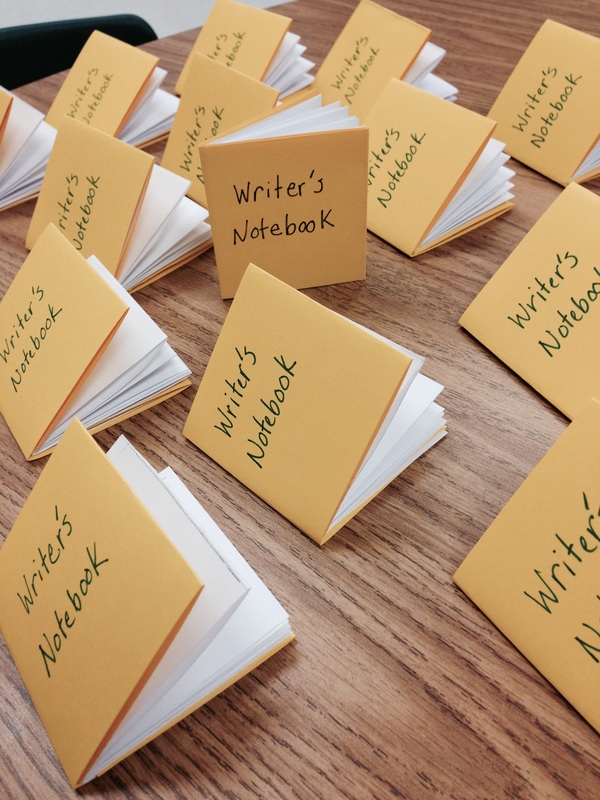
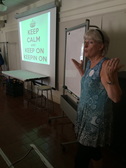
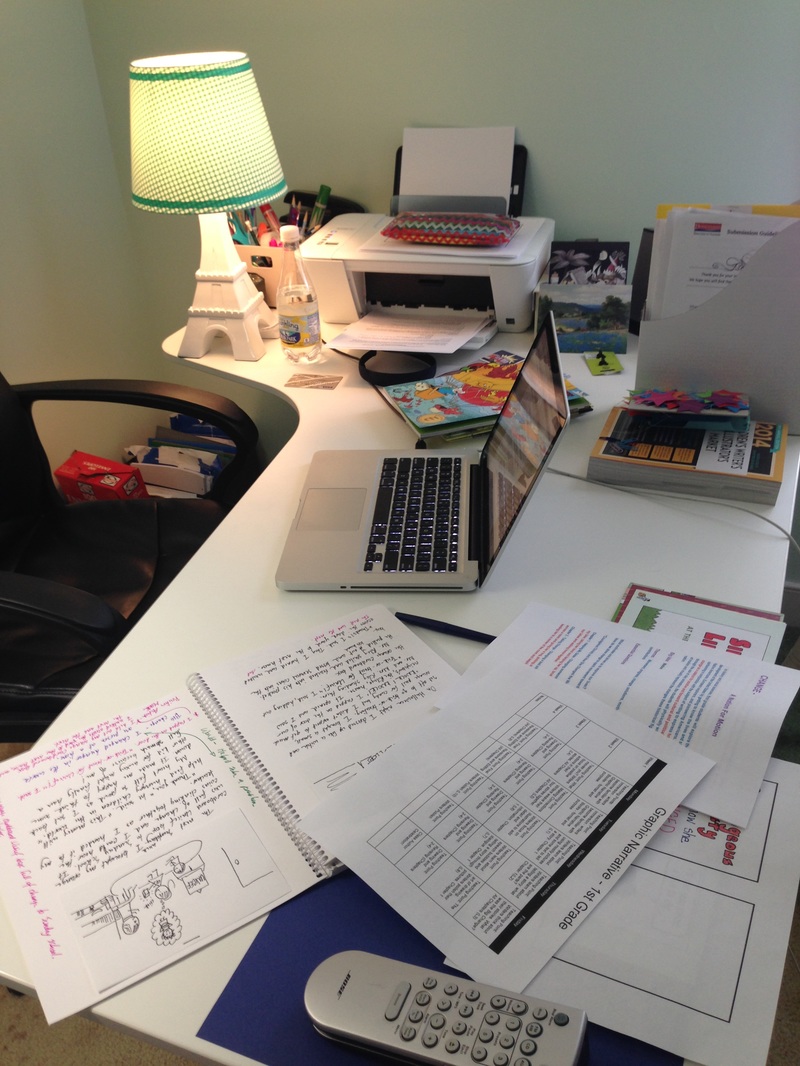
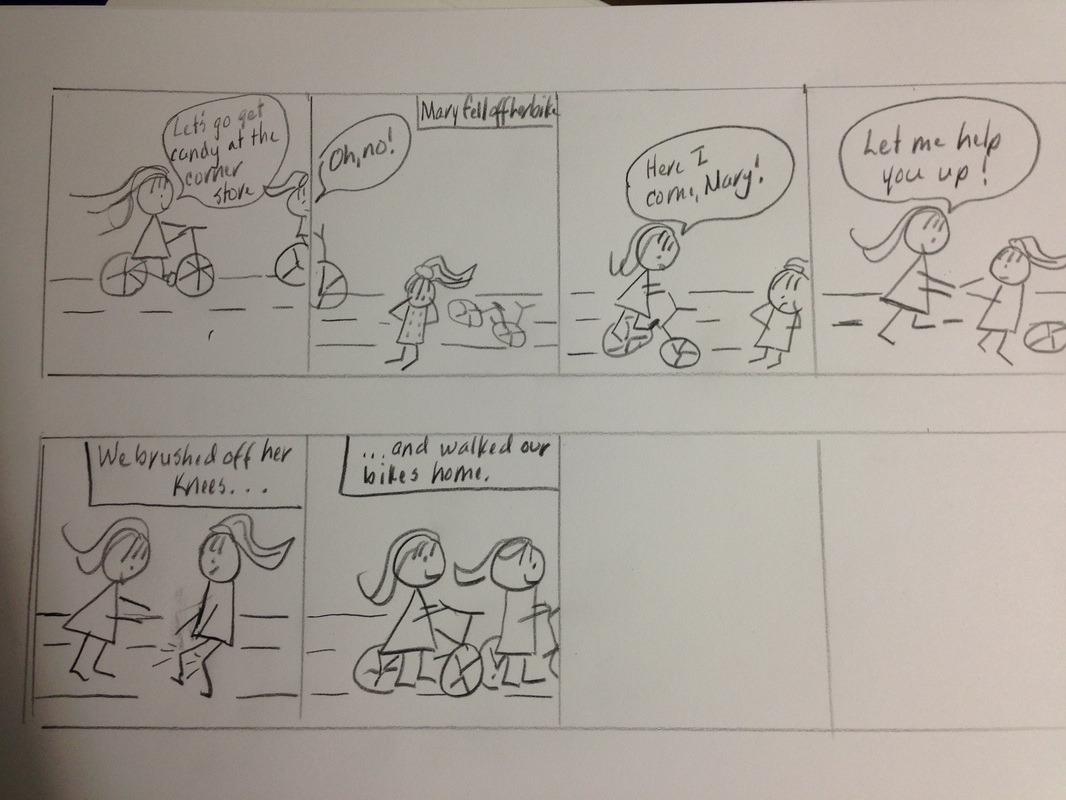
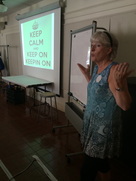
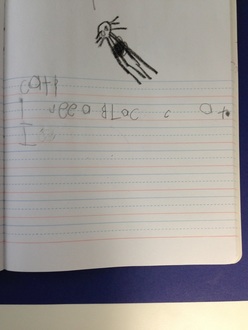
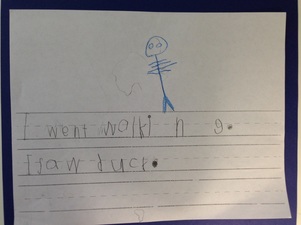
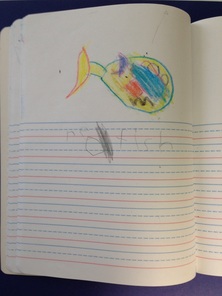
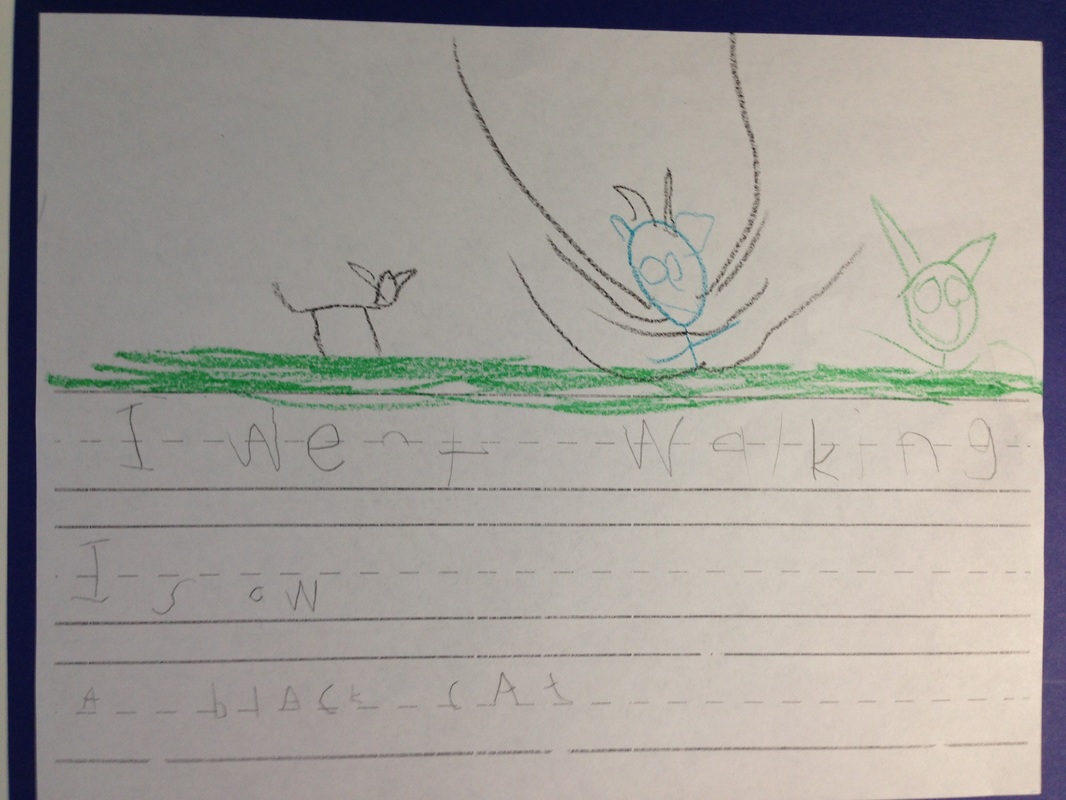
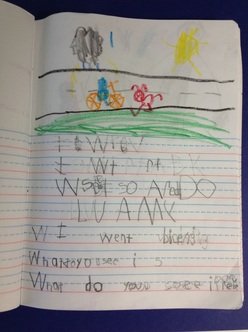
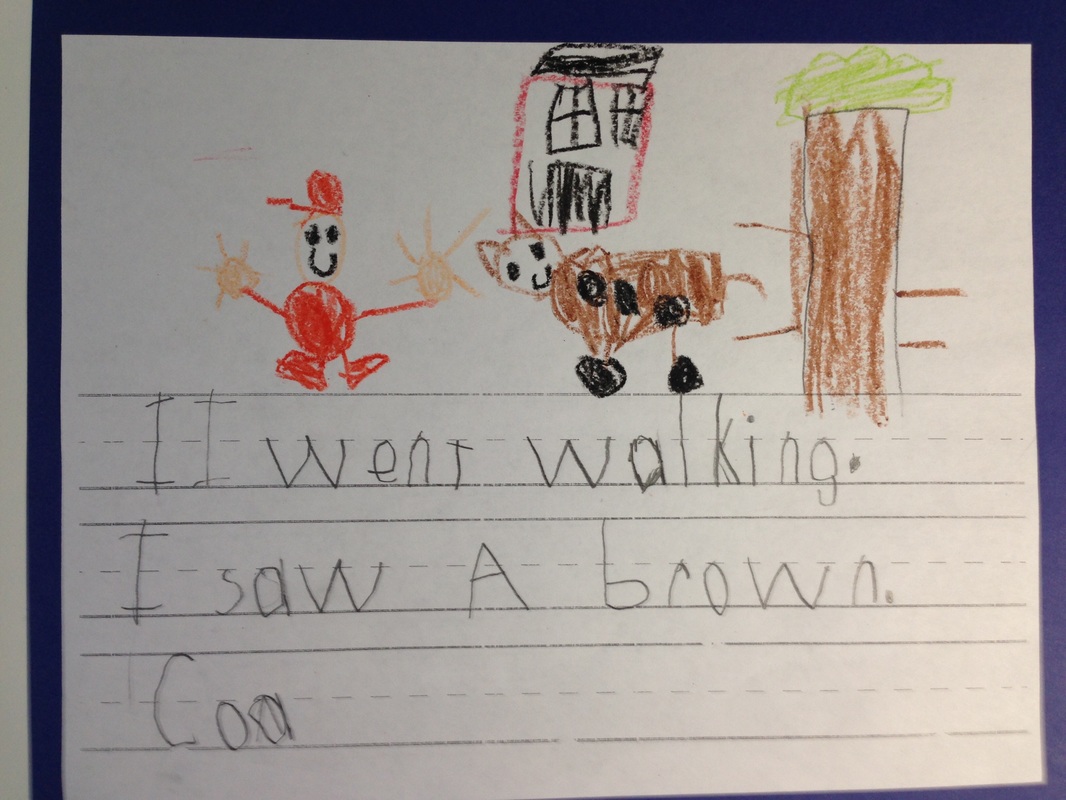
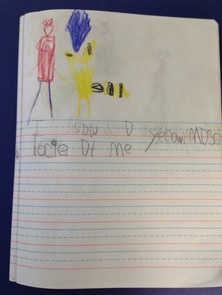
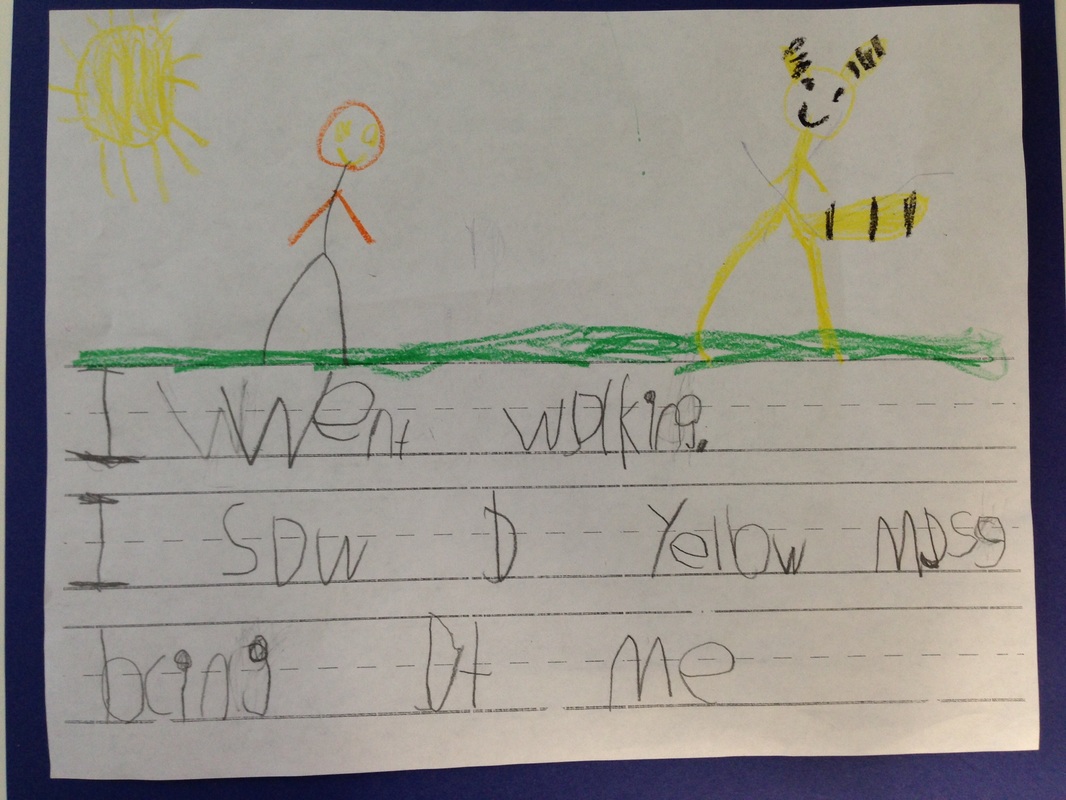
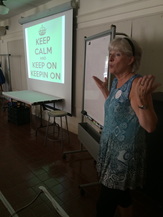
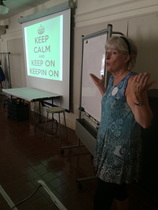
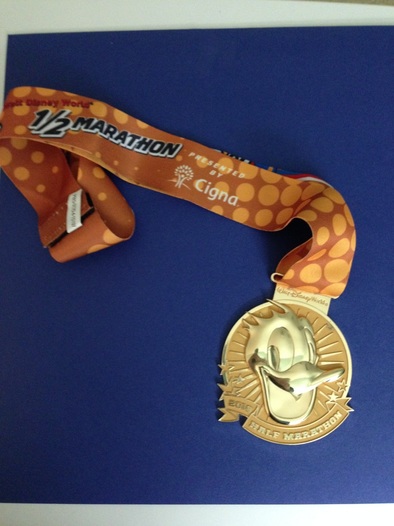
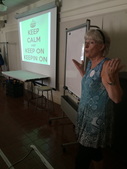
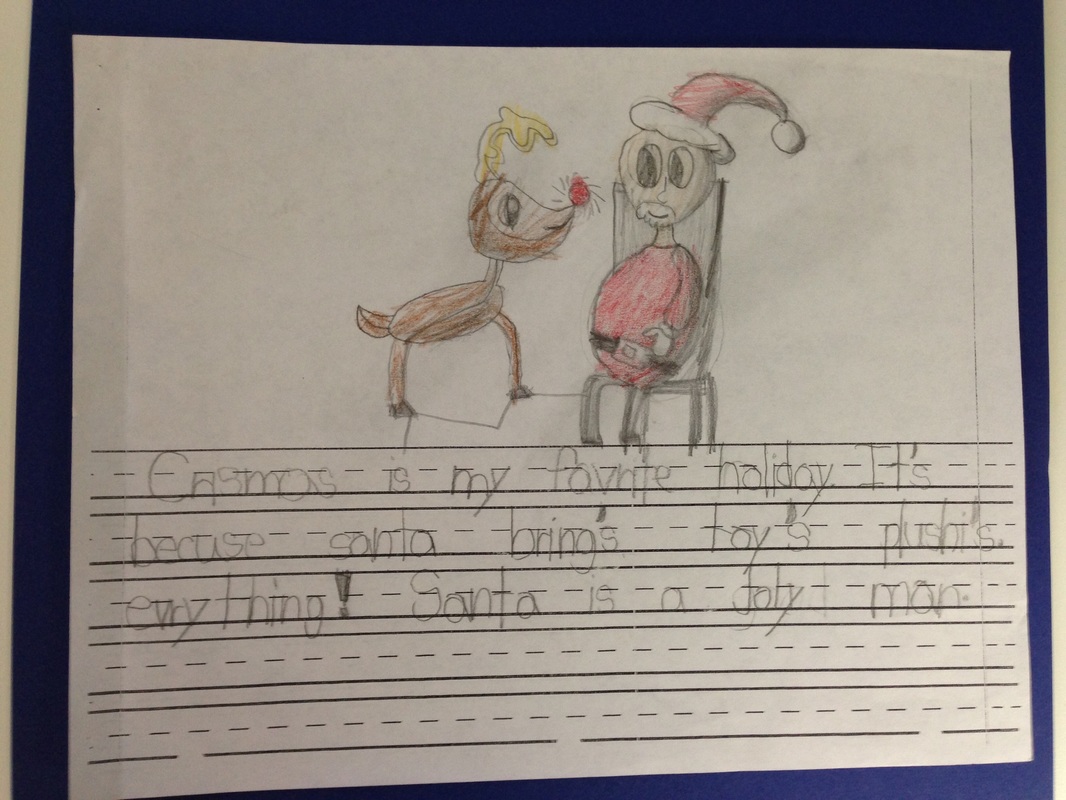
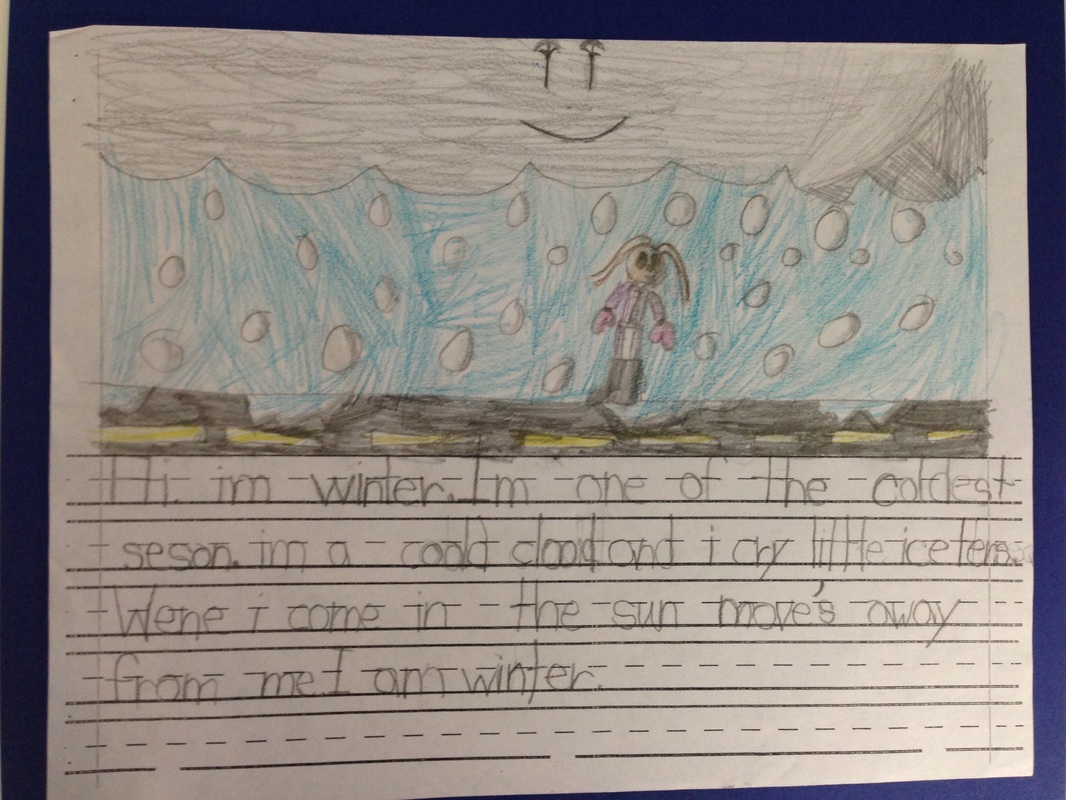
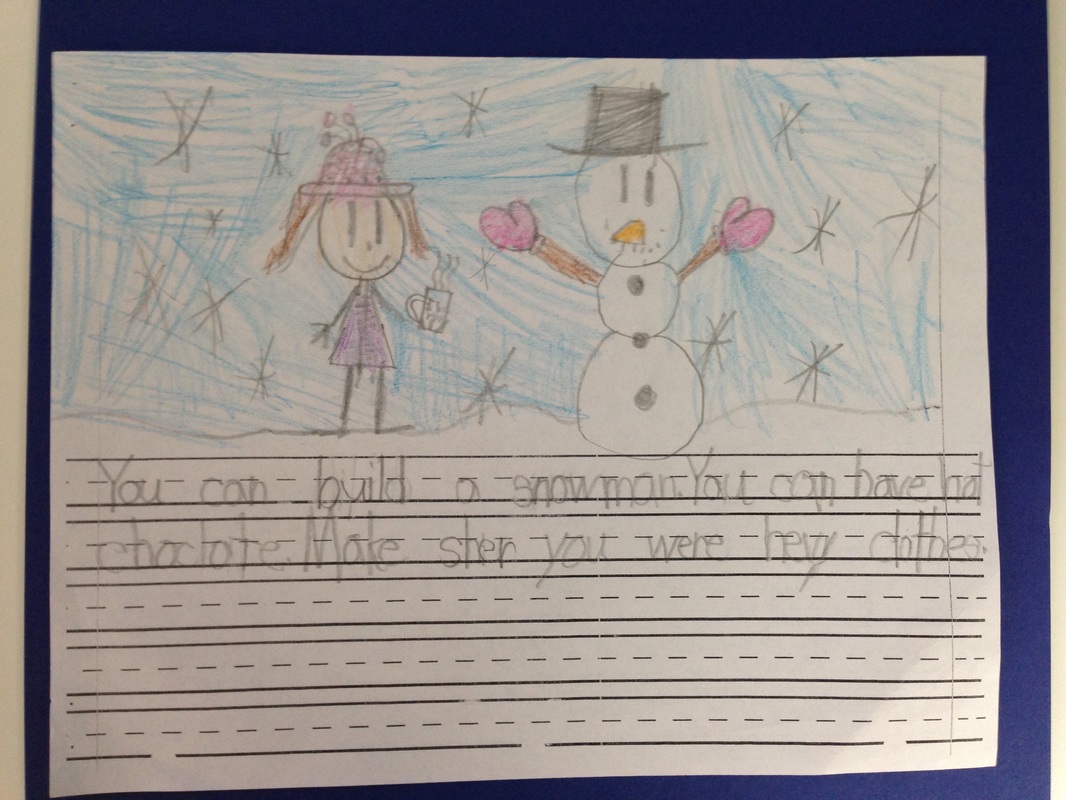
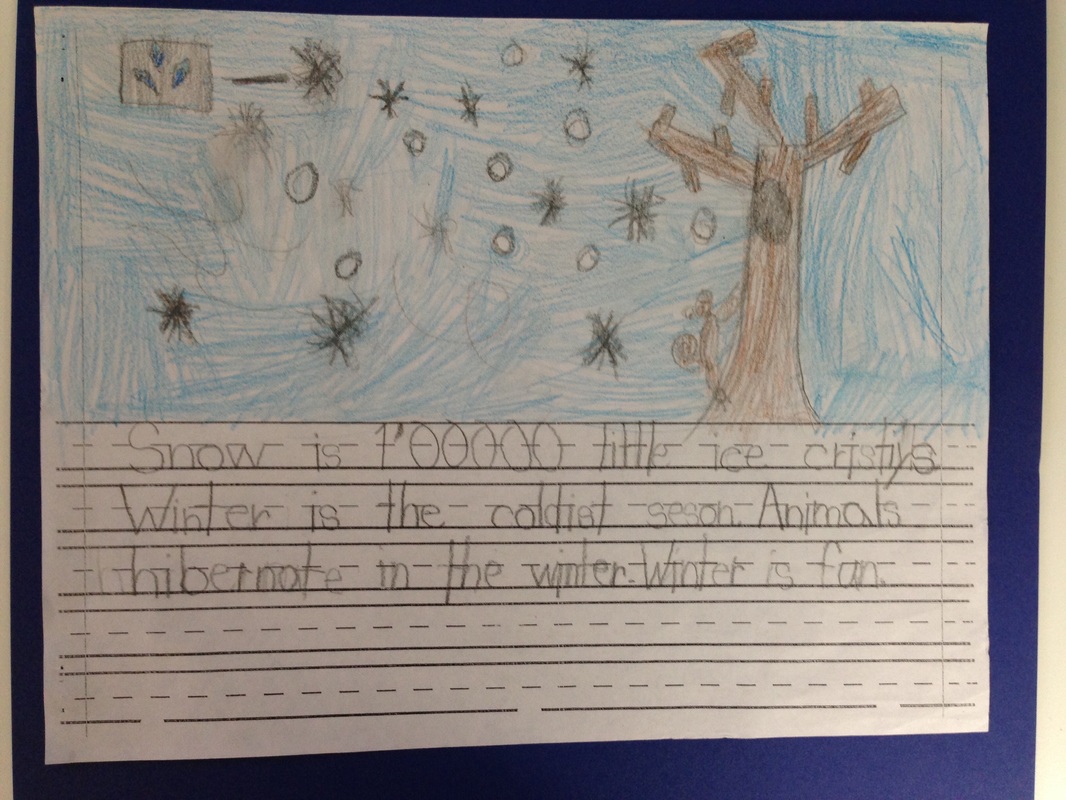
 RSS Feed
RSS Feed
